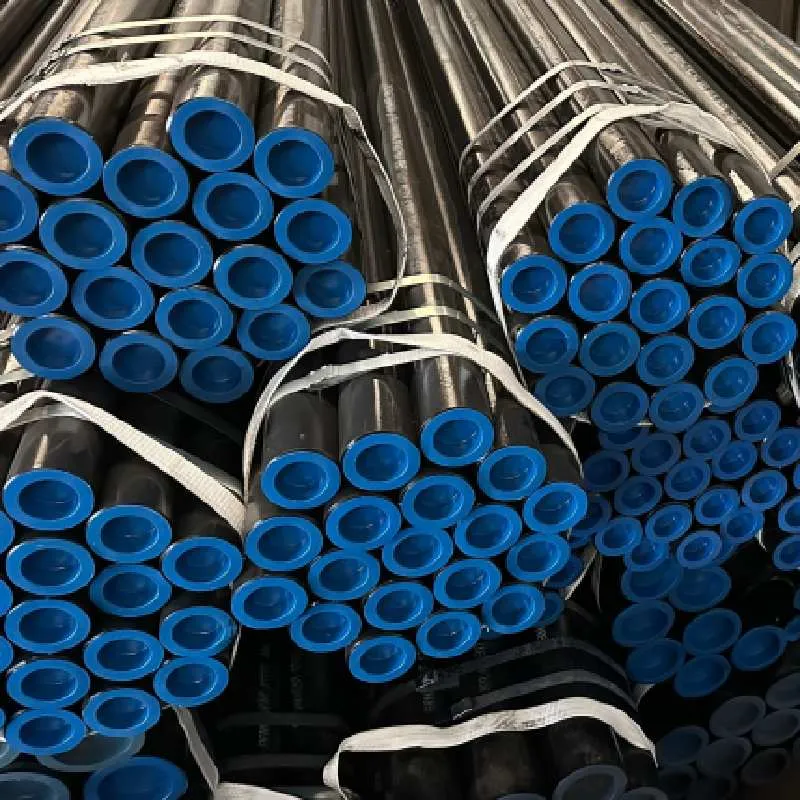-
Cangzhou Yulong Steel Co., Ltd.
-
Phone:
+86 13303177267 -
Email:
admin@ylsteelfittings.com
- English
- Arabic
- Italian
- Spanish
- Portuguese
- German
- kazakh
- Persian
- Greek
- French
- Russian
- Polish
- Thai
- Indonesian
- Vietnamese
- Zulu
- Korean
- Uzbek
- Hindi
- Serbian
- Malay
- Ukrainian
- Gujarati
- Haitian Creole
- hausa
- hawaiian
- Hebrew
- Miao
- Hungarian
- Icelandic
- igbo
- irish
- Japanese
- Javanese
- Kannada
- Khmer
- Rwandese
- Afrikaans
- Albanian
- Amharic
- Armenian
- Azerbaijani
- Basque
- Belarusian
- Bengali
- Bosnian
- Bulgarian
- Catalan
- Cebuano
- China
- China (Taiwan)
- Corsican
- Croatian
- Czech
- Danish
- Esperanto
- Estonian
- Finnish
- Frisian
- Galician
- Georgian
- Kurdish
- Kyrgyz
- Lao
- Latin
- Latvian
- Lithuanian
- Luxembourgish
- Macedonian
- Malgashi
- Malayalam
- Maltese
- Maori
- Marathi
- Mongolian
- Myanmar
- Nepali
- Norwegian
- Norwegian
- Occitan
- Pashto
- Dutch
- Punjabi
- Romanian
- Samoan
- Scottish Gaelic
- Sesotho
- Shona
- Sindhi
- Sinhala
- Slovak
- Slovenian
- Somali
- Sundanese
- Swahili
- Swedish
- Tagalog
- Tajik
- Tamil
- Tatar
- Telugu
- Turkish
- Turkmen
- Urdu
- Uighur
- Welsh
- Bantu
- Yiddish
- Yoruba

Oct . 21, 2024 21:14 Back to list
Mild Steel Mandrel Bending Techniques for Precision Tubing Applications
Understanding Mild Steel Mandrel Bends
Mild steel is a versatile material widely used in various engineering applications due to its excellent ductility, machinability, and weldability. One of the significant applications of mild steel is in the production of mandrel bends, which are critical components in piping and structural frameworks. This article explores the characteristics of mild steel mandrel bends, their manufacturing processes, advantages, and typical applications.
What are Mandrel Bends?
Mandrel bends are essentially curved sections of pipes or tubes that maintain a consistent radius and wall thickness. Unlike conventional bends, which can lead to kinking or deformation due to sharp angles, mandrel bends utilize a mandrel or a supporting tool inside the pipe or tube. This mandrel supports the material during the bending process, ensuring that the outer radius of the bend remains smooth and free of wrinkles or cracks.
The radius of a mandrel bend can significantly impact the flow of liquids or gases within pipes, making it crucial in various industrial applications.
Characteristics of Mild Steel
Mild steel, or low carbon steel, generally contains up to 0.3% carbon, making it ductile and tough. Its composition allows it to be easily welded, cut, and formed, which is vital for creating intricate bends and shapes. Mild steel mandrel bends can withstand considerable stress and deformation, making them adaptable for different applications without losing structural integrity.
Mild steel's anti-corrosion properties can vary, typically requiring additional treatments like galvanization or painting for enhanced protection against environmental factors.
Manufacturing Process of Mild Steel Mandrel Bends
The production of mild steel mandrel bends involves several steps
2. Tube Cutting The steel is cut to the required length. Precision in this stage is crucial to ensure that the final bends fit accurately within the intended spaces.
3. Heating (Optional) Depending on the material thickness and required radius, the tube can be heated to make the bending process easier and minimize the risk of cracking.
mild steel mandrel bends

4. Bending The tube is then placed in a bending machine, where the mandrel is inserted into the tube. As pressure is applied, the machine bends the tube around the mandrel, achieving the desired radius without compromising the wall integrity.
5. Finishing After bending, the product may undergo additional processes like grinding and polishing to achieve a smooth finish or surface treatment to enhance corrosion resistance.
Advantages of Using Mild Steel Mandrel Bends
1. Strength and Durability Mild steel mandrel bends are strong and can withstand considerable mechanical stress, making them ideal for heavy-duty applications.
2. Precision The use of a mandrel during the bending process ensures a high level of precision, contributing to better flow characteristics in piping systems.
3. Cost-Effectiveness Mild steel is typically more affordable than higher alloy steels or specialized materials, making it a cost-effective option for many applications.
4. Weldability Mild steel bends can be seamlessly welded to other piping components, enhancing the integrity of the entire system.
5. Versatility They can be utilized in a wide range of applications, from automotive exhaust systems to structural components in construction.
Applications of Mild Steel Mandrel Bends
Mild steel mandrel bends find applications across various industries, including
- Automotive For exhaust systems and roll cages. - Chemical and Oil Industries In process piping and fluid transport systems. - Construction As part of structural frameworks and architectural features. - HVAC Systems In ductwork to facilitate airflow.
Conclusion
Mild steel mandrel bends play a vital role in modern engineering, providing strength, flexibility, and precision in various applications. Understanding their manufacturing process and advantages highlights their importance across multiple industries. As technology advances, the demand for mild steel mandrel bends is likely to grow, supporting innovation and sustainability in engineering solutions.
Latest news
-
ANSI 150P SS304 SO FLANGE
NewsFeb.14,2025
-
ASTM A333GR6 STEEL PIPE
NewsJan.20,2025
-
ANSI B16.5 WELDING NECK FLANGE
NewsJan.15,2026
-
ANSI B16.5 SLIP-ON FLANGE
NewsApr.19,2024
-
SABS 1123 FLANGE
NewsJan.15,2025
-
DIN86044 PLATE FLANGE
NewsApr.19,2024
-
DIN2527 BLIND FLANGE
NewsApr.12,2024
-
JIS B2311 Butt-Welding Fittings LR/SR 45°/90° /180°Seamless/Weld
NewsApr.23,2024











